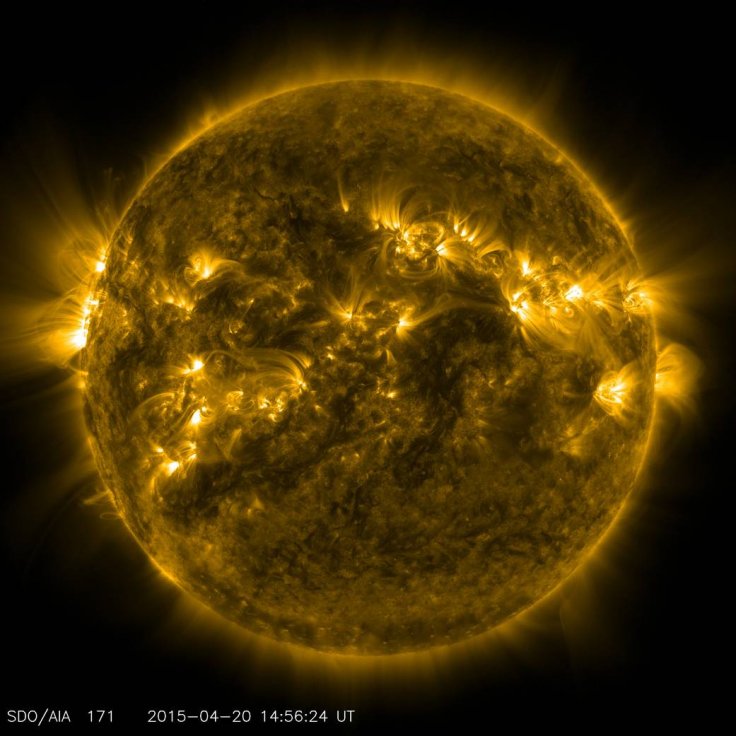
Space scientists, for years, have been busy unlocking several mysteries of the solar system, and interestingly, when gets solved, the other one pops up. Now, a new study conducted by NASA scientists has discovered a bizarre connection between a Mars-sized giant planet's collision with the earth and the mysterious properties of the sun and the moon.
The research led by Prabal Saxena, an astrophysicist at NASA's Goddard Space Flight Center found that earth's natural satellite contains several clues associated with the mysteries of the sun.
"We didn't know what the Sun looked like in its first billion years, and it's super important because it likely changed how Venus' atmosphere evolved and how quickly it lost water. It also probably changed how quickly Mars lost its atmosphere, and it changed the atmospheric chemistry of Earth," said Prabal Saxena in a recently issued statement.
The entire research conducted by scientists was based on the peculiar properties of the moon's soil which contain less potassium and sodium when compared to the soil on the earth, even though both of them are made up of similar materials. An initial analysis led him to formulate a theory which suggests that a Mars-sized giant planet crashed into the earth 4 billion years ago, after the formation of natural satellites in the solar system.
After the dreaded collision, materials could have gotten spewed into the orbit, and it later combined with the moon. Further simulations revealed that the sun's rotation and flare activity has direct impacts on materials loaded with sodium and potassium on the lunar surface.
"As you learn about other stars and planets, especially stars like our Sun, you start to get a bigger picture of how the Sun evolved over time. As you learn about other stars and planets, especially stars like our Sun, you start to get a bigger picture of how the Sun evolved over time," added Saxena.
The NASA scientist also suggested that scientists needed to explore deeper on the moon to unlock mysteries of the sun.









